Vietnam Airlines will receive two more Dreamliner 787-10s, Boeing's most modern wide-body aircraft, in the first half of next year.
This information was shared by Vietnam Airlines CEO Le Hong Ha at the annual general meeting of shareholders on December 16. At the meeting, the national airline's leaders focused on answering shareholders about the loss-cutting plan, restructuring roadmap, as well as the risk of HVN shares being delisted from HoSE.
Mr. Ha said that Vietnam Airlines is building a business plan for 2024 with bad, medium and high scenarios. Vietnam Airlines plans to ensure fleet resources through dry and wet leasing options based on the high scenario to always be ready for market growth.
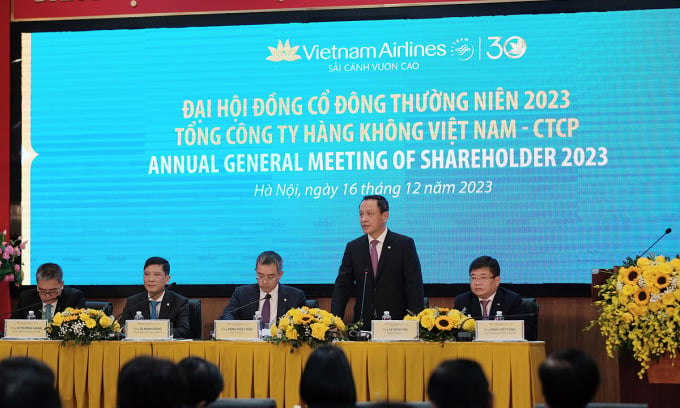
CEO Le Hong Ha answers shareholders' questions at the meeting on the morning of December 16. Photo: VNA
According to the plan, Vietnam Airlines will wet lease 4 Airbus A321 aircraft to serve the upcoming Tet peak season. The company is expected to receive 2 Boeing Dreamliner 787-10 aircraft in April and June. In the second half of next year, the airline will add 3 Airbus A320neo aircraft.
The Dreamliner 787-10 is Boeing's most modern wide-body aircraft, carrying about 15% more passengers and cargo than the 787-9. The two aircraft Vietnam Airlines will receive in the first half of next year are part of the airline's pre-pandemic agreement with the US manufacturer. Vietnam Airlines began operating this aircraft in the second half of 2019 and currently operates four aircraft on direct flights to the US, Australia, and Europe. In its fleet of nearly 100 aircraft, the airline also has 11 Dreamliner 787-9s.
Vietnam Airlines must add more aircraft as 10 A321 aircraft will have to undergo engine maintenance starting next month. According to Mr. Ha, engine maintenance used to take only about 75-90 days, but now it takes at least 200 days due to supply chain disruptions.
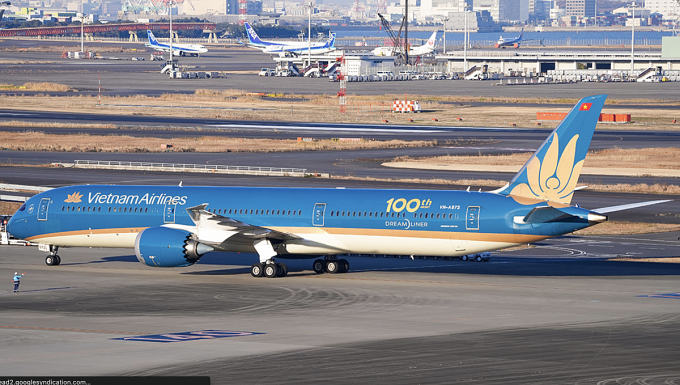
A Vietnam Airlines Boeing Dreamliner B787-10. Photo: Brandon Chen/Planespotters
For the whole year of 2023, Vietnam Airlines is expected to still lose more than VND6,000 billion, although revenue increased by more than 20% compared to 2022 to about VND91,800 billion - nearly equal to the peak before the pandemic. However, the company has not been able to escape losses due to high input costs, especially fuel prices and unfavorable exchange rates.
HVN shares are facing the risk of being delisted from HoSE due to three consecutive years of losses and negative equity, according to the recently released 2022 audited financial report. Regarding this issue, Chief Accountant Tran Thanh Hien said that the corporation's situation is very special because before the pandemic, Vietnam Airlines was still among the largest capitalized enterprises in HoSE, as well as having healthy financial health.
"But the pandemic has caused many airlines around the world to struggle, not just Vietnam Airlines. I believe that the management agencies will consider the factors that negatively affect the airline as objective," Mr. Hien said, adding that he hopes HVN shares will not be delisted.
According to Vietnam Airlines' Chief Accountant, the company needs many years to erase accumulated losses. However, it does not need too long to become profitable again, nor to escape the negative equity situation.
Mr. Hien said that the most important thing for Vietnam Airlines is to get the overall restructuring plan approved. In the immediate future, he hopes that the divestment of capital from the aviation fuel company Skypec, as well as the issuance of additional shares, will be approved soon to resolve difficulties for Vietnam Airlines. In addition, the airline also plans to continue to divest capital from other subsidiaries.
Vietnam Airlines Chairman Dang Ngoc Hoa informed that the overall restructuring plan of Vietnam Airlines has been assessed through many rounds and has now reached the highest level, the Government . In particular, the airline's own solutions stand out, followed by support solutions in terms of mechanisms and support policies from the Government as the largest shareholder of Vietnam Airlines.
While waiting for the project to be approved, according to Mr. Hoa, Vietnam Airlines has also implemented many self-made solutions to overcome difficulties such as cutting and optimizing costs in the last two years by thousands of billions of VND, completing the first phase of divestment at K6 airline in Cambodia, implementing part of the liquidation of aircraft, opening a series of new routes to increase 3 percentage points in the domestic market share.
Vietnam Airlines Chairman said that in 2024, the airline will continue to sell some old aircraft, and also implement engine sales and leaseback. The airline also plans to expand some international destinations in Europe and America, and promote exploitation of the Chinese and Indian markets.
On this basis, Mr. Hoa affirmed that Vietnam Airlines set a very ambitious goal of balancing revenue and expenditure in 2024. "Over the past 3 years, the airline has tried very hard but has not been able to do this because the impact of the pandemic is too severe," Mr. Hoa shared.
Mr. Tu
Source link





![[Photo] Award ceremony for works on studying and following President Ho Chi Minh](https://vphoto.vietnam.vn/thumb/1200x675/vietnam/resource/IMAGE/2025/5/20/a08ce9374fa544c292cca22d4424e6c0)
![[Photo] Vietnamese shipbuilding with the aspiration to reach out to the ocean](https://vphoto.vietnam.vn/thumb/1200x675/vietnam/resource/IMAGE/2025/5/20/24ecf0ba837b4c2a8b73853b45e40aa7)

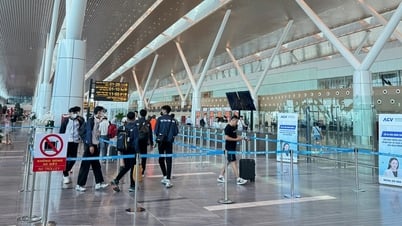

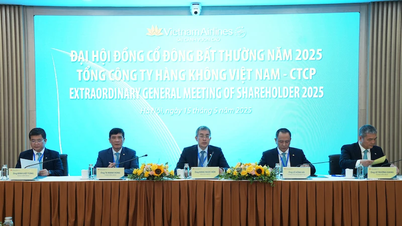


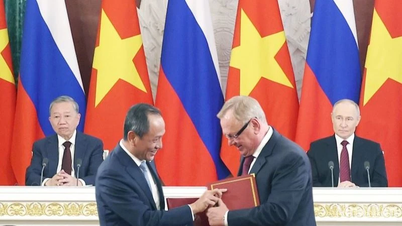
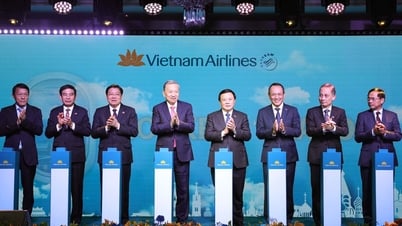

























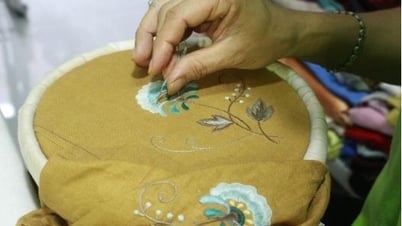

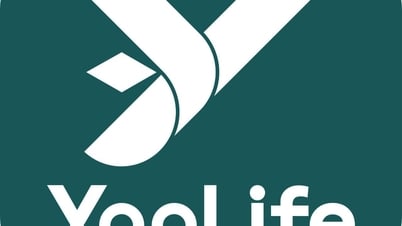



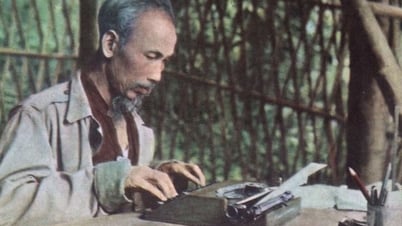
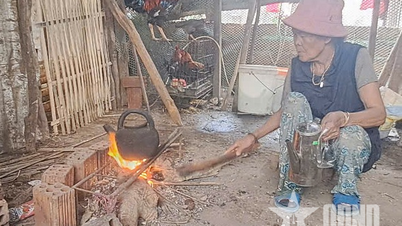









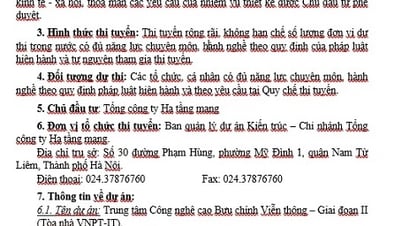

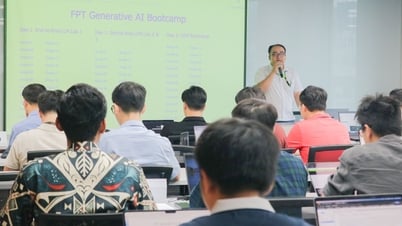

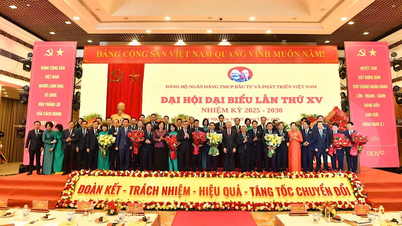






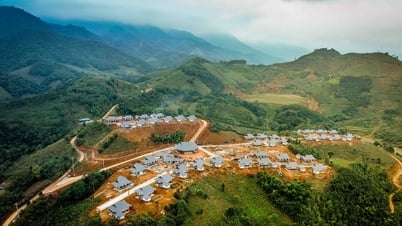
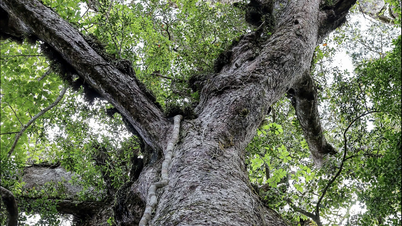









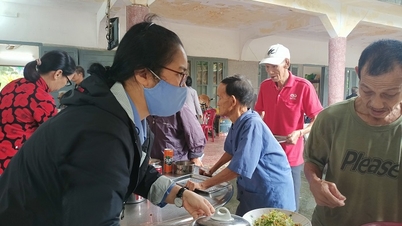

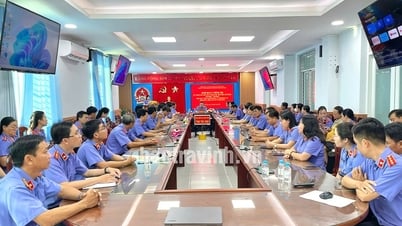
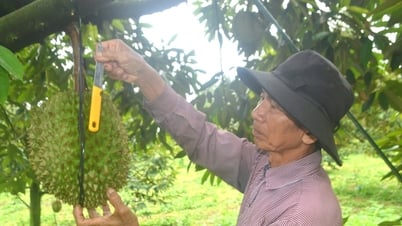









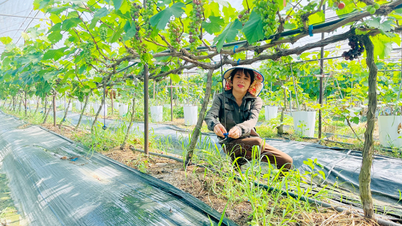



![[VIDEO] - Enhancing the value of Quang Nam OCOP products through trade connections](https://vphoto.vietnam.vn/thumb/402x226/vietnam/resource/IMAGE/2025/5/17/5be5b5fff1f14914986fad159097a677)
Comment (0)